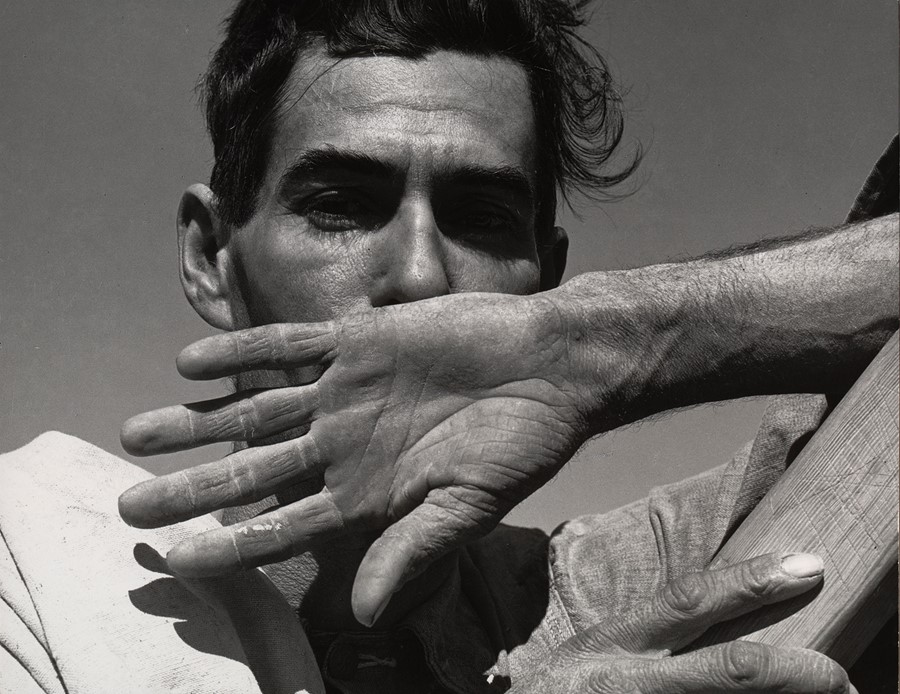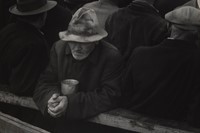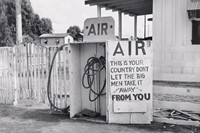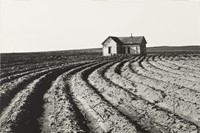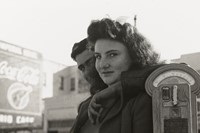At the Museum of Modern Art, New York, a new exhibition centring on Dorothea Lange reveals the importance of the words that surrounded her 20th-century documentary photography
Dorothea Lange is one of the most well-known documentary photographers of the 20th century, having dedicated most of her career to capturing the plight of the human condition, both in her home country of the United States and abroad. Lange saw photography as a social responsibility, and chose to hone in on stories of people’s hardships – from the suffering endured by migrant families during the 1930s Great Depression to the frustrations of the public defence system in 1950s California. New York’s Museum of Modern Art boasts one of the largest collections of Lange’s photography and draws on this wealth of imagery for its newest exhibition, Dorothea Lange: Words and Pictures.
Lange tirelessly captured many of the unseen intricacies of American life with her sociopolitical photography, often working with government agencies or publications to uncover stories. “No one was ever given exact directions,” she is heard saying in an audio clip that features in Words and Pictures. “You were turned loose in a region, and the assignment was, see what is really there. What does it look like, what does it feel like? What actually is the human condition?” The image-maker was just as meticulous about the written narratives surrounding her work, and Words and Pictures further contextualises much of her photography with archival documents, letters, notes and publications, and alongside work by contemporary photographers and critics like Sally Mann and Sam Contis.
In a note also seen in the exhibition, Lange writes: “Am working on the captions. This is not a simple clerical matter, but a process, for they should carry not only factual information, but also added clues to attitudes, relationships and meanings. They are connective tissue, and in explaining the function of the captions, as I am doing now, I believe we are extending our medium.” Such was the importance of building an informative narrative around her images, and Words and Pictures features not only Lange’s own words, but also those of her often-marginalised subjects.
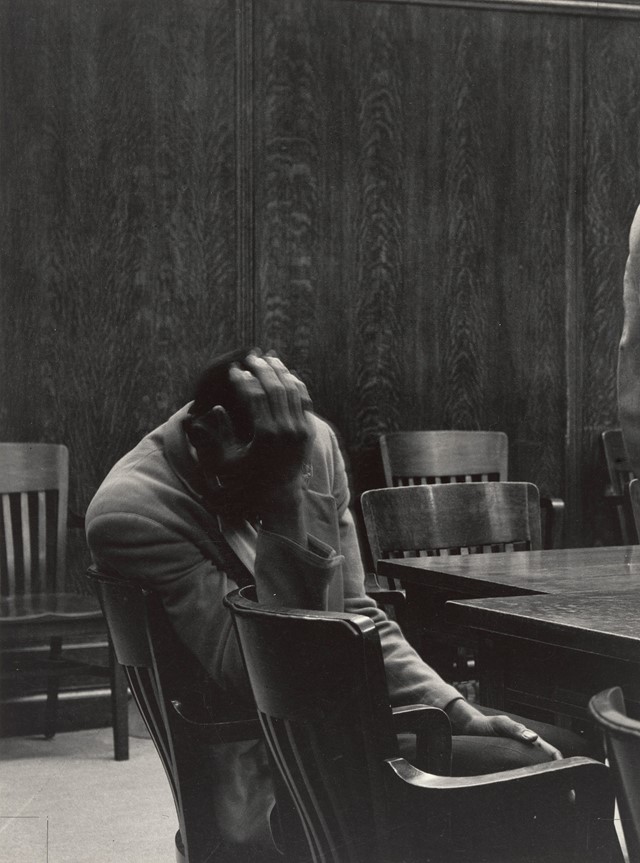
Lange’s seminal book An American Exodus: A Record of Human Erosion (1939) – a collaboration with her husband, agricultural economist Paul Schuster Taylor, and a key focus of Words and Pictures – brought together her images with direct quotes from the people she photographed, detailing the realities of their lives drawn from conversations she had while taking the pictures. “I don’t know whether that drought was the devil’s work or the lord’s work. In three days everything wilted,” recalled one woman. The titles of her photographs were even formed with consideration; some almost poetic – Ditched, Stalled and Stranded or Ex-Slave with Long Memory – and others more detailed and to-the-point – Women of the Congregation or Migrant Mother.
The photograph Migrant Mother would be one of Lange’s most famous and enduring. Taken in 1936 at a ‘pea-pickers camp’ in Nipomo, California, Lange had trained her lens on migrant workers and families who had been driven to settle elsewhere during the Great Depression and since the Dust Bowl droughts. Following that photograph’s publication in California newspapers and the attention drawn to the issue, food rations were sent to those living in the Nipomo camp; in the decades since, the photograph has come to epitomise that period of American social history. In a 1952 essay, Lange wrote: “That the familiar world is often unsatisfactory cannot be denied, but it is not, for all that, one that we need abandon. We need not be seduced into evasion of it any more than we need be appalled by it into silence... Bad as it is, the world is potentially full of good photographs. But to be good, photographs have to be full of the world.”
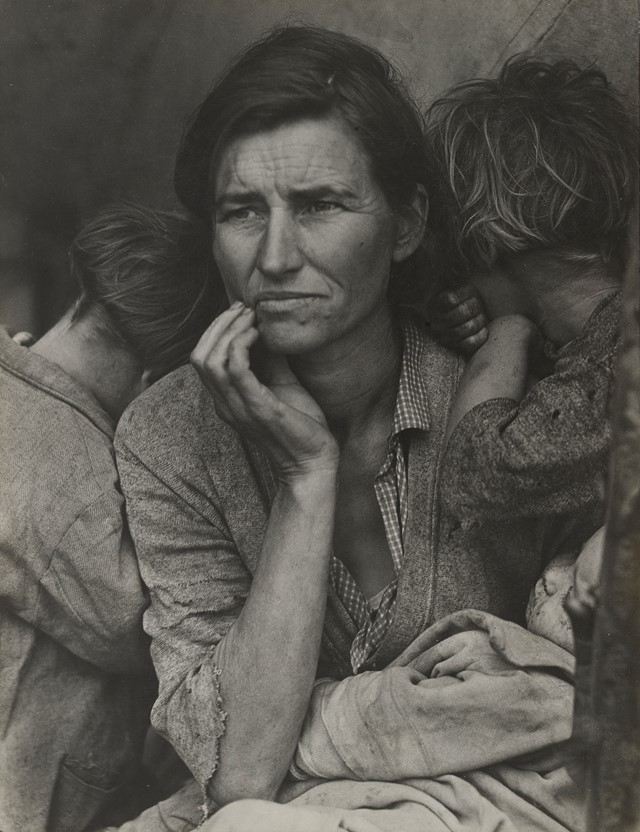
Dorothea Lange: Words and Pictures is at MoMA, New York, until May 9, 2020.
